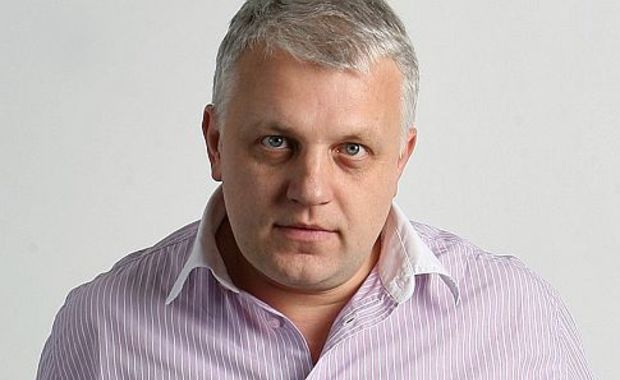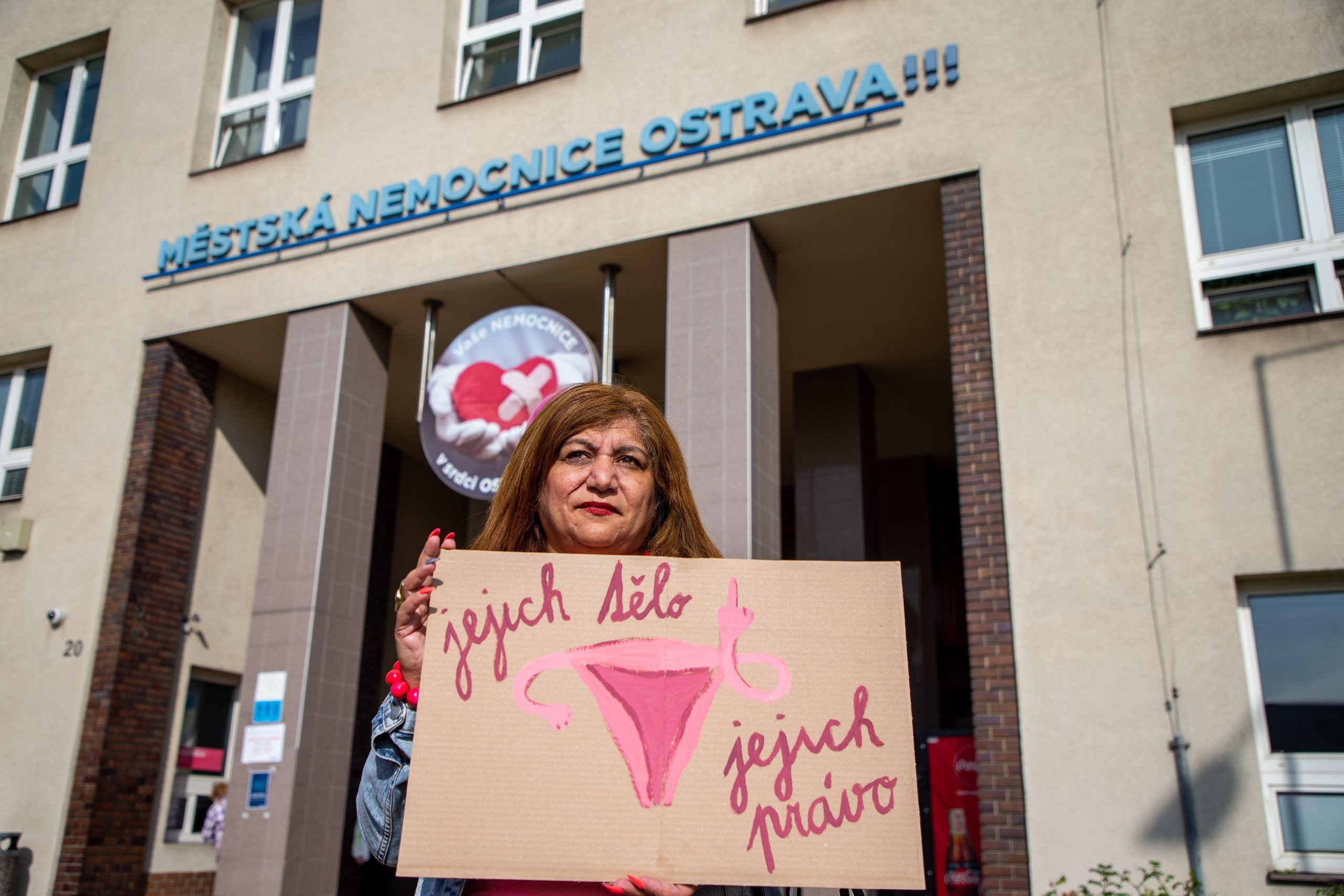
Pavel Sheremet (Photo: Ukrainska Pravda)
The death of Pavel Sheremet on Wednesday 20 July is the latest and most egregious example of violence against journalists in Ukraine, according to verified incidents reported to Index on Censorship’s Mapping Media Freedom project.
Sheremet was killed when the car he was driving exploded on the morning of 20 July in Kyiv. In a statement, Ukrainian police said that an explosive device detonated at 7.45am as Sheremet was driving to host a morning programme on Radio Vesti, where he had been working since 2015.
The car belonged to Sheremet’s partner, journalist Olena Prytula, who co-founded Ukrainska Pravda with murdered journalist Georgiy Gongadze.
Sheremet had been imprisoned by Belarusian authorities in 1997 for three months before being deported to Russia. Though stripped of his citizenship in 2010, he continued to report on Belarus on his personal website. He moved to the Ukrainian capital in 2011 to work for the newspaper Ukrainska Pravda.
A review of Mapping Media Freedom data from 1 January to 20 July found 41 attacks on journalists — including physical violence, injuries and seizure or damage to equipment and property of journalists — have taken place in Ukraine since the beginning of the year. The largest number of incidents – about one-third – occurred in Kyiv. More than half of these journalists were attacked by unknown assailants, while the names of perpetrators in a third of these incidents are known. In about one in three cases, the attacks were committed by representatives of local authorities.
While impunity remains a key issue in Ukraine contributing to violence against journalists, the situation is slowly beginning to change for the better compared to previous years. According to the Institute of Mass Information, a positive trend has been spotted since the beginning of the year: There has been a slight increase in the number of cases involving violation of the journalists’ rights submitted to courts. In particular, there were 11 such cases in 2015. Meanwhile, 12 such cases were submitted to court for the first quarter of 2016 alone.
Despite the improvement in prosecutions, journalists are continuing to be subject to violence and intimidation.
In June, a series of incidents occurred in Berdiansk in the Zaporizhzhia region.
On 10 June Volodymyr Holovaty, a journalist working for Yuh TV, and his cameraman, Anatoliy Kyrylenko, were physically assaulted at a recreation center in Berdiansk Spit. A group of people in camouflage set upon them without warning. The attackers swore, demanded that filming stop, took the camera, stole a data storage device and struck the journalist and the cameraman, who were taken to a hospital.
On 7 June, during a rally at the Berdiansk courthouse, an unknown person harassed cameraman Bohdan Ivanuschenko and journalist Volodymyr Dyominof, who both work for Yuh TV. In that incident the individual interfered with their filming of a report with obscene language and threatened the media professionals with physical violence.
In response, journalists staged a rally on 13 June to bring attention to the recent threats and assaults in the town and demand a stronger police response. The journalists wrote an open letter demanding prosecutors help protect the rights of media workers in the town.
In May physical attacks took place in Kherson, Kyiv, Mariupol, Mykolayiv, Kharkiv, Marhanet, Zaporizhzhia and Zirne.
In the Kyiv incident, photographer and cameraman Serhiy Morhunov, who covers the conflict in eastern Ukraine, was assaulted on 22 May by unknown assailants. The journalist suffered serious head injuries including a brain haemorrhage, fractured lower jaw and partial memory loss. The doctors described his condition as serious. Morhunov was not robbed during the attack.
In Zaporizhzhia Anatoliy Ostapenko, a journalist working for Hromadske TV, who reported on corruption allegedly involving regional officials, was assaulted by masked individuals on 24 May. The journalist was walking to work when he was cut off by a car with tinted windows and lacking a license plate. Three masked men exited the car, knocked Ostapenko to the ground and physically assaulted him. Ostapenko suffered numerous bruises.
On 25 May, in Kherson, Taras Burda, the husband of a member of the Suvorivsky district council, attacked Serhiy Nikitenko, a journalist for Most media and the representative of NGO Institute of Mass Information in the region, with a tablet computer during an altercation. Burda told IMI that the journalist had attacked him first.
Many attacks have been directed at the property or equipment of journalists. In the village of Lebedivka in the Odesa region, poachers threatened the crew of the Channel 7 investigative programme Normal. The individuals pierced the tires of the journalists’ car by laying spike strips and threw eggs at the vehicles. The incident occurred when the crew was filming a TV report about the activities of poachers in the Tuzla Coastal Lakes national reserve.
On 1 April, in the town of Konotop in the Sumy region, unknown persons threw Molotov cocktails at local TV studio. A similar incident occurred in Kyiv on April 22 when 15 unidentified people attacked the office of the Ukraine TV channel. They poured red paint in the channel’s lobby and left a print out reading “Blood will be spilled!”
In April, several assaults on journalists took place in Kyiv (journalists of 1+1 TV channel were attacked), and in the village of Lymanske in Odesa region.
Only one attack on journalists was recorded in February. However, it was a flagrant incident in the context of physical violence. In Kharkiv, representatives of the Hromadska Varta organisation attacked Stanislav Kolotilov and Lesya Kocherzhuk, journalists for the Kharkiv News portal. Kolotilov suffered a concussion and spinal injury. Kocherzhuk was burned on the hand with a cigarette. The journalists were investigating allegations of illegal construction connected to the Hromadska Varta.
Also in February, representatives of the Azov civil corps blocked the premises of the Inter TV channel. The blockade participants tried to enter the office, threw debris at it and painted the doors black.
In January, journalistic activity was obstructed in Zhytomyr during a conflict involving the Zhytomyrski Lasoshchi confectionery factory. Guards prevented reporters from Channel 5 and UA1 local online media outlet from filming. A microphone was snatched from Channel 5 journalist and a camera was damaged.
Also in January, assaults on journalists, as well as attacks on journalists’ property occurred in Ternopil, Kyiv, Mykolayiv and Odesa, as well as in the village of Dovzhanka in the Ternopil region and the town of Karlivka in the Poltava region.
On 11 January 2016, the windows of a car belonging to journalist Svitlana Kriukova were smashed by unknown perpetrators but nothing was stolen from the vehicle. Kriukova was writing a book on Hennadiy Korban, a politician and businessman said to be close to oligarch Ihor Kolomoyskiy. Korban was under investigation for alleged criminal offences including kidnapping and theft. The incident occurred when the Kriukova was visiting Korban at the hospital and she believes the damages are linked to her professional activities.




